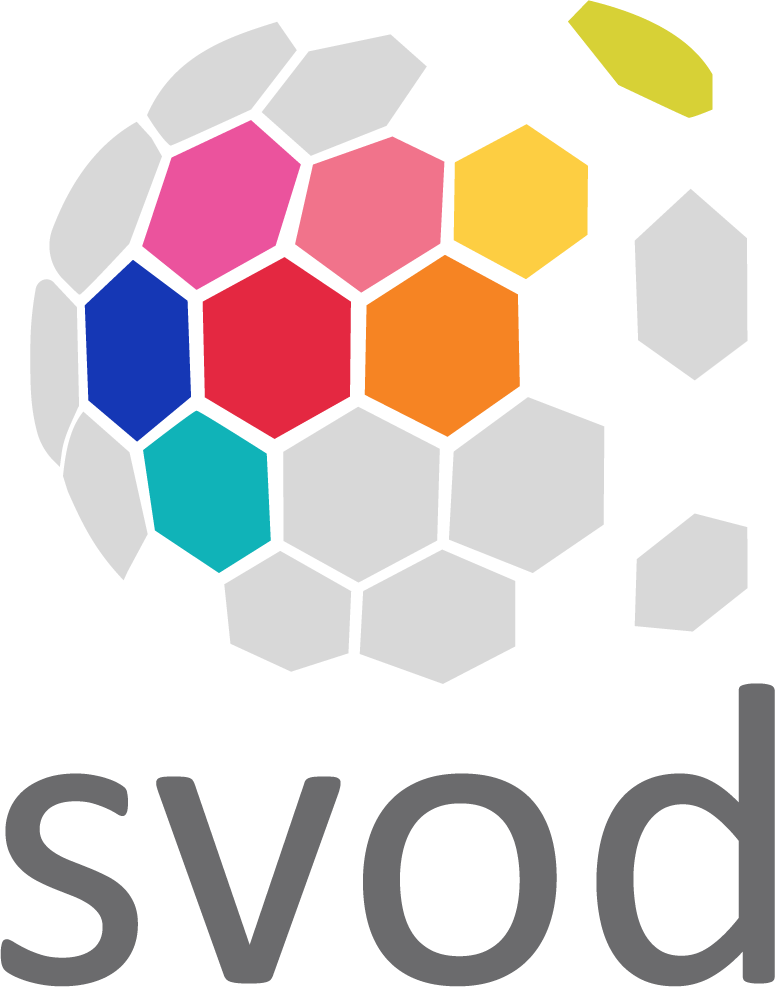Crafting Multi-Million Dollar Strategies: Your Blueprint for Unstoppable Success
- Understanding the Essentials of Strategic Planning
- Components of a Successful Strategy
- Creating a Strategic Blueprint
- Case Studies: Strategies in Action
- Overcoming Common Challenges
In the fast-paced and ever-evolving business landscape, having a well-defined strategy and clear goals is not just advantageous—it’s essential. A clear strategy provides direction, ensures alignment within the organization, and sets the stage for sustainable success. This article will explore the core components of crafting an effective strategy and setting goals, supported by insights from industry experts and real-world case studies.
Understanding the Essentials of Strategic Planning
Defining Strategy
A strategy is a comprehensive plan designed to achieve long-term objectives. It involves understanding the market landscape, identifying core competencies, and setting a clear path for the organization’s future. As Leadership Tribe highlights, an effective strategy begins with a thorough understanding of the product or service, the target market, and the competitive environment. This foundational knowledge is crucial for developing a plan that leverages the organization’s strengths and addresses market needs.
A clear strategy should provide a roadmap for decision-making and prioritization, enabling organizations to navigate uncertainties and capitalize on opportunities. It is about setting high-level objectives and detailing the steps needed to achieve them. The strategy should be dynamic, allowing adjustments as market conditions and organizational capabilities evolve.
Setting Clear Goals
Goals are specific, measurable targets that align with the overall strategy. They provide a roadmap for achieving the strategic vision. Goals should be SMART: Specific, Measurable, Achievable, Relevant, and Time-bound. According to Economy Middle East, setting clear, actionable goals is essential for driving performance and motivating teams.
SMART goals ensure the organization’s efforts are focused and aligned with its strategic objectives. Specific goals provide clarity and direction; measurable goals enable progress tracking; achievable goals maintain motivation; relevant goals ensure alignment with broader objectives; and time-bound goals create a sense of urgency and drive timely execution.
For example, instead of setting a vague goal like “increase sales,” a SMART goal would be “increase sales by 20% within the next fiscal year by expanding our product line and enhancing our digital marketing efforts.” This specificity helps teams understand what is expected, how to measure success, and the timeframe for achieving the goal.

Components of a Successful Strategy
Market Analysis and Positioning
Understanding the market is critical for crafting an effective strategy, involving competitor analysis and identifying market trends while understanding customer needs. A well-conducted market analysis helps businesses position themselves effectively and capitalize on opportunities. The Economy Middle East article underscores the significance of market positioning in differentiating a brand from its competitors and capturing market share.
Market analysis should be an ongoing process, allowing organizations to stay ahead of industry trends and adapt their strategies accordingly. Tools such as SWOT analysis (Strengths, Weaknesses, Opportunities, Threats) can be invaluable in identifying internal and external factors that could impact the business. Additionally, competitive analysis helps in understanding the strengths and weaknesses of key competitors, providing insights into potential areas for differentiation and competitive advantage.
Core Competencies and Competitive Advantage
Identifying and leveraging core competencies is essential for strategic success. These unique strengths and capabilities give a business a competitive edge. Insights from EHR.sa emphasize the importance of building on these competencies to create a sustainable competitive advantage.
Core competencies are typically rooted in the organization’s unique skills, technologies, or processes that are difficult for competitors to replicate. For instance, a company’s ability to innovate rapidly or provide exceptional customer service can be a core competency. Leveraging these strengths allows businesses to offer unique value propositions that attract and retain customers.
For example, Apple Inc.’s core competencies include its design excellence, brand reputation, and ecosystem integration. These strengths enable Apple to differentiate its products and create a loyal customer base, driving sustained success in the competitive tech industry.
Resource Allocation
Allocating resources effectively is crucial for executing the strategy to ensure that financial, human, and technological resources align with strategic priorities. Strategic resource allocation ensures the organization can pursue its goals efficiently and effectively.
To effectively allocate the resources at the right place, it is fundamental to understand the organization’s strategic objectives and the resources required to achieve them. This involves prioritizing initiatives based on their potential impact and feasibility. For example, investing in new technology may be critical for a company aiming to enhance its digital capabilities, while another organization might prioritize expanding its workforce to support growth.
Effective resource allocation also involves regular review and adjustment to ensure an optimal use of resources. Proceeding this way may include reallocating resources from underperforming areas to high-potential initiatives or adjusting budgets based on changing market conditions.
Creating a Strategic Blueprint
Vision and Mission Statements
A clear vision and mission provide the foundation for strategic planning. The vision statement outlines the organization’s desired future state, while the mission statement defines its purpose and primary objectives. Leadership Tribe underscores the importance of these statements in guiding the strategic direction and inspiring stakeholders.
The vision statement should be aspirational, providing a long-term perspective on the organization’s goals. It serves as a source of inspiration and a guide for decision-making. For example, Tesla’s vision is “to create the most compelling car company of the 21st century by driving the world’s transition to electric vehicles.” This vision encapsulates the company’s long-term aspirations and commitment to sustainability.
The mission statement, on the other hand, focuses on the organization’s current purpose and primary objectives. It clarifies what the organization does, who it serves, and how it delivers value. For instance, Google’s mission statement is “to organize the world’s information and make it universally accessible and useful.” This mission guides the company’s efforts and strategic initiatives.
Strategic Objectives
Strategic objectives are broad, long-term goals that support the vision and mission. They provide a framework for setting more specific, actionable goals. Economy Middle East suggests that strategic objectives should be ambitious yet achievable, driving the organization towards its desired future state.
Strategic objectives should be aligned with the organization’s core values and long-term aspirations. They should be designed to address critical challenges and opportunities identified during the strategic planning process. For example, a company might set strategic objectives to expand into new markets, enhance product innovation, or improve operational efficiency.
Action Plans
Action plans detail the specific steps needed to achieve strategic objectives and goals. They include timelines, responsibilities, and key performance indicators (KPIs) to measure progress. Practical action plans ensure that strategic initiatives are executed efficiently and monitored continuously.
An action plan should break each strategic objective into specific tasks and activities. It should assign individual or team responsibilities, establish completion timelines, and define KPIs to track progress. For example, an action plan for expanding into a new market might include market research, regulatory compliance, product localization, and marketing campaigns.
Regular review and adjustment of action plans are essential to ensure that initiatives remain on track and adapt to changing circumstances. This involves monitoring progress against KPIs, addressing any challenges or obstacles, and making necessary adjustments to timelines and resources.

Case Studies: Strategies in Action
Apple’s strategic focus on innovation and design has driven its success in the technology market. By consistently delivering cutting-edge products and maintaining a solid brand identity, Apple has established itself as a leader in the industry. The company’s strategic goals are aligned with its vision of creating innovative products that enhance user experience.
Apple’s strategy is rooted in its core design excellence and ecosystem integration competencies. The company’s focus on delivering high-quality, user-friendly products has helped it build a loyal customer base and achieve sustained success. Apple’s strategic initiatives, such as developing the iPhone, iPad, and Apple Watch, have set industry standards and driven significant growth.
Toyota’s strategy emphasizes quality, efficiency, and continuous improvement. The company’s lean manufacturing approach, the Toyota Production System, has set industry standards for operational excellence. Toyota’s strategic objectives focus on sustainability, innovation, and global expansion.
Toyota’s commitment to quality and efficiency reflects in its strategic initiatives, such as developing hybrid and electric vehicles. The company’s focus on sustainability and innovation has helped it maintain a competitive edge in the automotive industry. Toyota’s strategic approach to global expansion has also enabled it to capture market share in key regions and drive long-term growth.

Overcoming Common Challenges
Alignment and Buy-In
Ensuring that all stakeholders sync with the strategy is crucial for success. This involves clear communication, engagement, and fostering a shared sense of purpose. Insights from EHR.sa highlight the importance of securing buy-in from all levels of the organization to ensure that strategic initiatives are supported and executed effectively.
Transparent communication and active engagement with stakeholders effortlessly enable alignment and buy-in. Frequent communication and updates related to the strategic vision and goals, opportunities to give feedback, and addressing any concerns or questions will be instrumental in achieving success.
Adaptability and Flexibility
The business environment constantly changes, and strategies must be adaptable to remain relevant. Leadership Tribe emphasizes the need for flexibility in strategic planning, allowing organizations to pivot and adjust their approach as needed.
Adaptability involves regularly reviewing and updating the strategy to reflect changes in the market, competitive landscape, and organizational capabilities. This may include re-evaluating goals, adjusting resource allocation, or exploring new opportunities. Flexibility ensures the organization can respond effectively to challenges and capitalize on emerging trends.
Looking Ahead
A clear strategy and set of goals are fundamental to achieving business success. Organizations can create a strategic blueprint that drives sustainable growth by understanding market dynamics, leveraging core competencies, and aligning resources. As businesses navigate the complexities of the modern market, adapting and remaining focused on strategic objectives will be essential to long-term success.
Ready to craft your winning strategy? Connect with SVOD Advisory today to transform your vision into actionable goals and drive your organization’s success.







